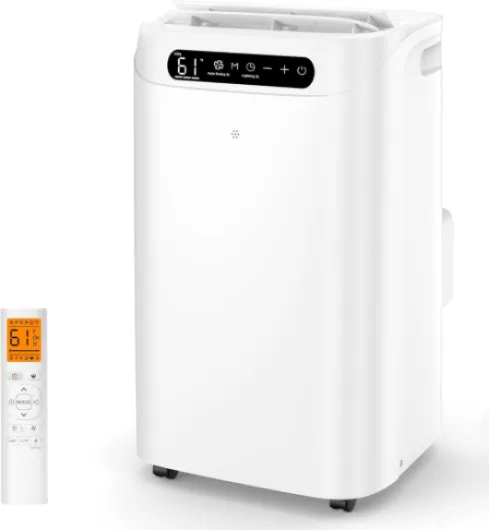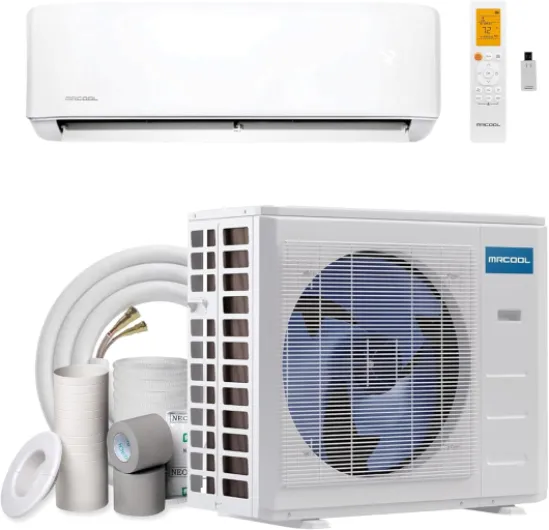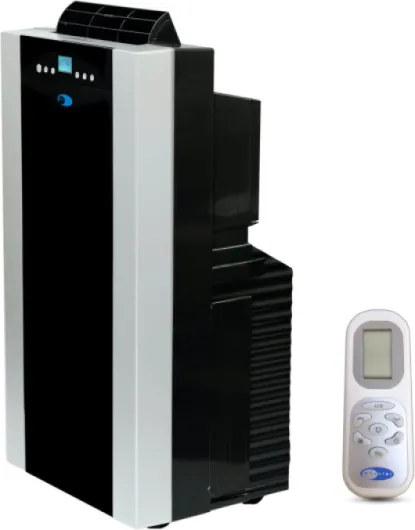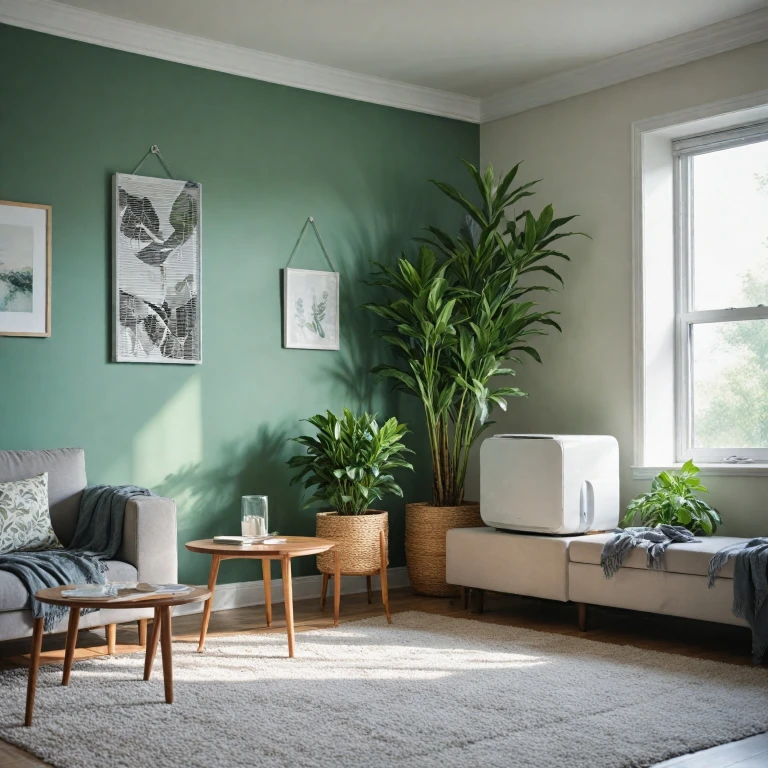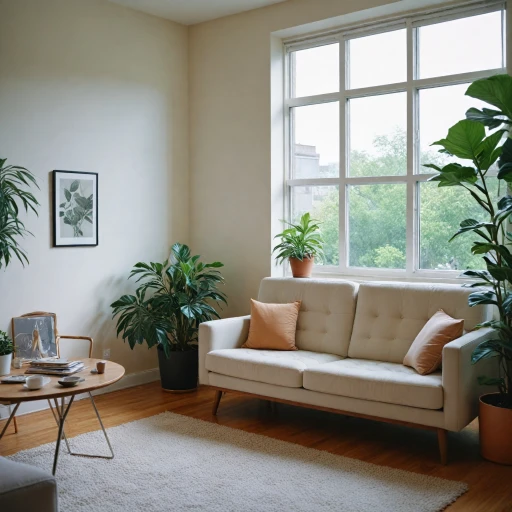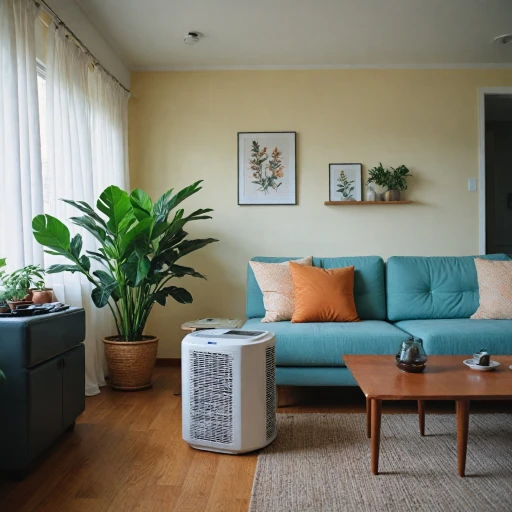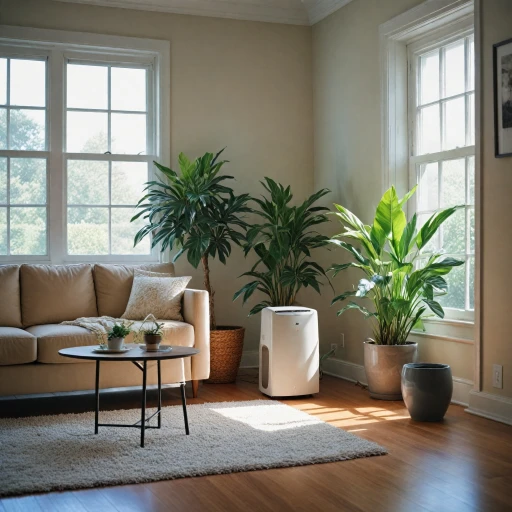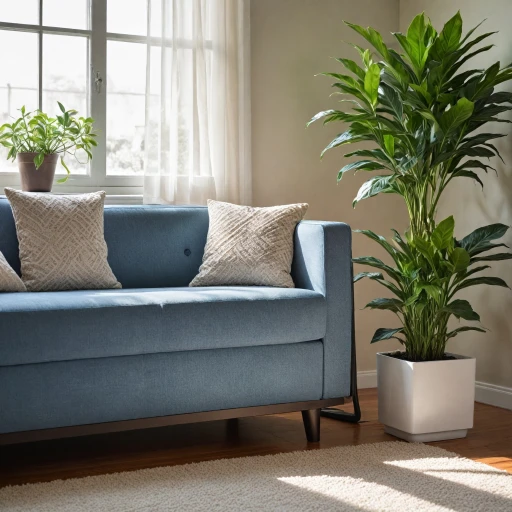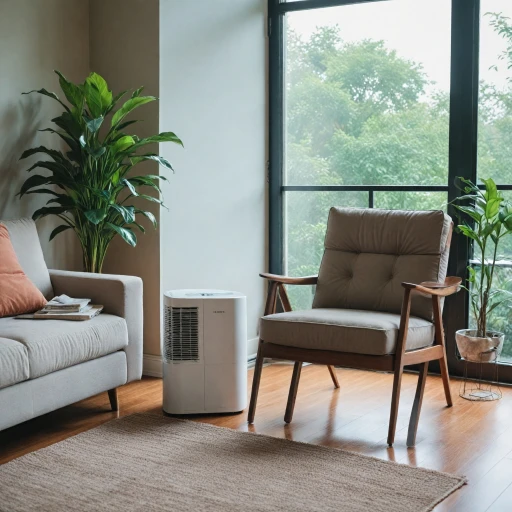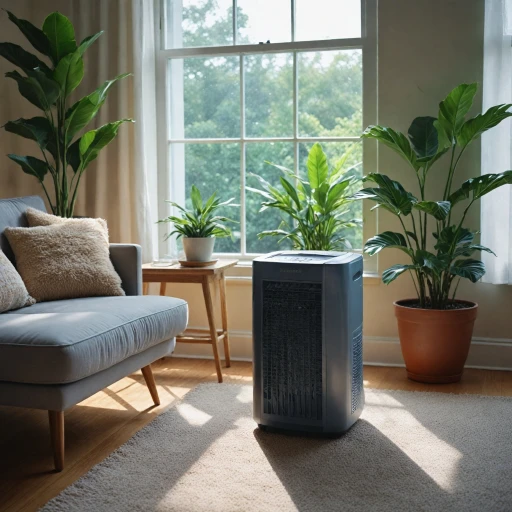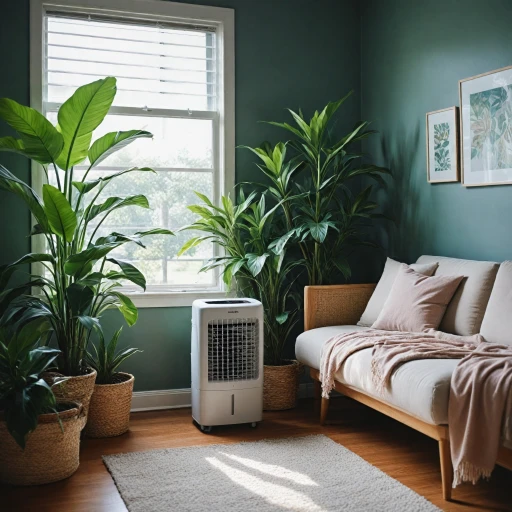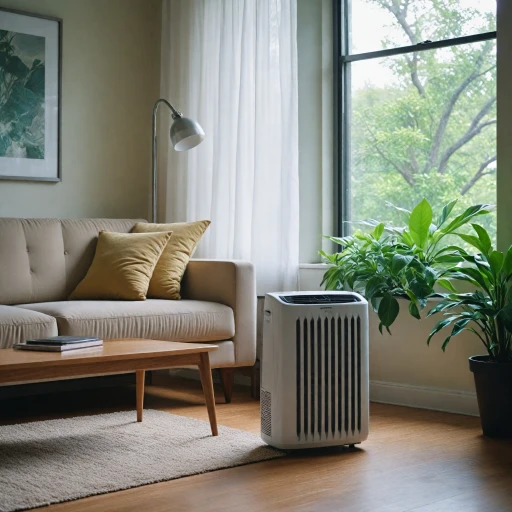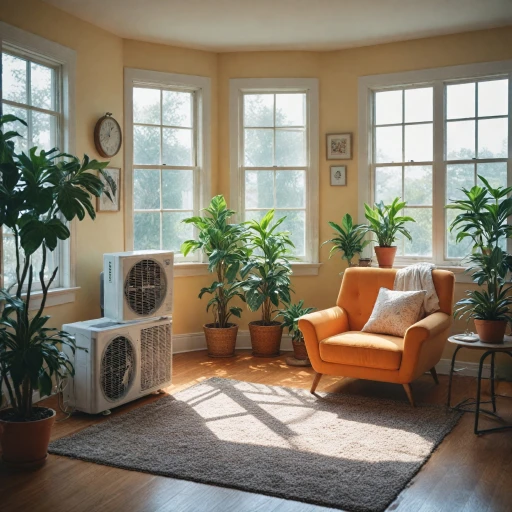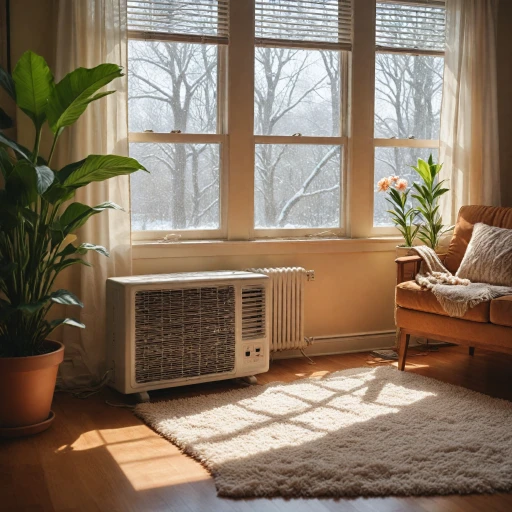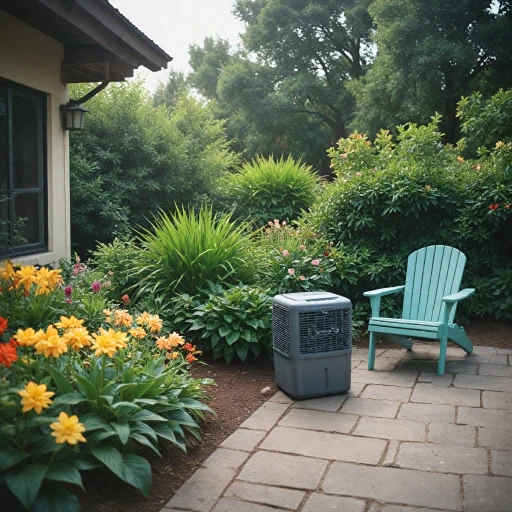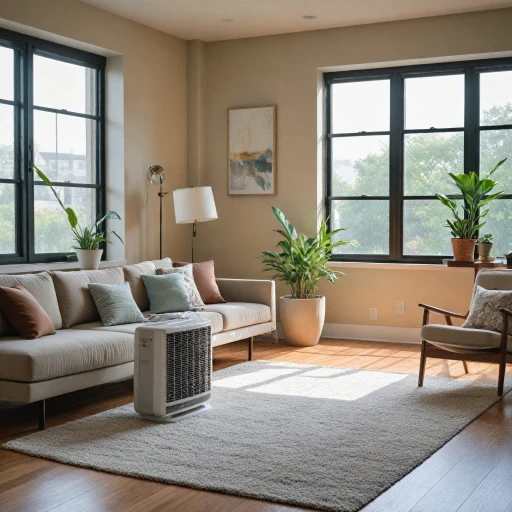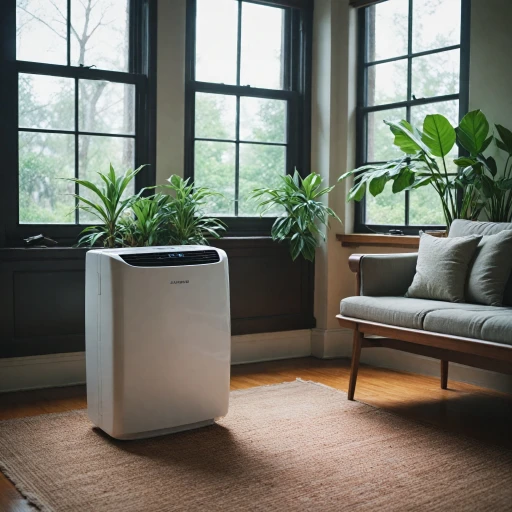
What is a Ducted Portable Air Conditioner?
Exploring the Basics of Ducted Portable Air Conditioners
Ducted portable air conditioners are a versatile solution for those seeking efficient cooling without the need for permanent installation. These units are designed to cool specific areas by using a duct system to direct hot air out of the room, typically through a window. This makes them an ideal choice for renters or those who need a temporary cooling solution.
Unlike traditional air conditioners, ducted portable units come with a portable hose that connects to a window vent kit, allowing for easy setup and removal. This feature is particularly beneficial for individuals who want to avoid the hassle of installing a permanent air conditioning system. The exhaust hose plays a crucial role in expelling hot air, ensuring that the room maintains a comfortable temperature range.
These air conditioners are available in a variety of models, each offering different cooling capacities to suit various room sizes. When choosing the right model, it's essential to consider factors such as the cooling capacity, the size of the room, and the price range. For more detailed guidance on selecting the best unit for your space, check out this comprehensive guide.
In the following sections, we'll delve into the benefits of using these units, provide installation tips, and discuss common challenges and solutions to ensure you get the most out of your ducted portable air conditioner.
Benefits of Using a Ducted Portable Air Conditioner
Advantages of Ducted Portable Air Conditioners
When considering portable air conditioners, ducted models stand out for their array of benefits that cater to different cooling needs and room environments. One of the primary advantages is their enhanced cooling capacity. Ducted portable air conditioners often feature a dual hose system, which helps to efficiently expel hot air while drawing in cooler air, offering improved temperature control over single hose units. This dual hose setup minimizes the loss of cool air and enables the unit to reach the desired temperature more quickly. Another significant benefit is versatility in temperature range. Unlike traditional fixed systems, ducted portable air conditioners can be easily moved from room to room, ensuring flexibility in cooling various spaces. This adaptability makes them an ideal solution for rental properties or homes where permanent installation is not feasible. Moreover, ducted models are often equipped with an integrated heat pump feature, making them useful in colder weather too. This dual functionality allows for year-round comfort, a benefit worth exploring in more detail in our discussion on the benefits of an air conditioner heater combo. Efficiency is another key advantage. Many ducted portable air conditioners come with an energy-efficient cooling mode and programmable thermostat. By using insulated exhaust hoses and an effective window kit, these units can maintain stability in room temperature without consuming excessive energy. In terms of installation, ducted portable air conditioners are generally easier to set up than mini splits. With the right vent kit, setting up the exhaust hose through a window takes minimal effort, as will be explained further in our section on installation tips. This convenience makes them an attractive option for those who prefer a more straightforward installation process without the help of professionals. Finally, ducted units offer a wide range of products to fit different budgets and specific room sizes, from compact models perfect for smaller spaces to more robust units capable of cooling larger areas. Prices can vary greatly depending on their cooling capacity and additional features, allowing consumers to choose the right product that fits both their needs and financial constraints. In essence, the selection of a ducted portable air conditioner allows for personalized comfort, energy efficiency, and seasonal adaptability, making it a prudent investment for diverse lifestyles and living arrangements.Installation Tips for Ducted Portable Air Conditioners
Guidelines for Setting Up Your Ducted Portable AC
When it comes to harnessing the full potential of your ducted portable air conditioner, proper installation is paramount. Setting it up correctly not only optimizes the cooling capacity but also enhances its efficiency, ensuring you get the best value out of this versatile air unit.- Location Matters: Determine the best position within the room for your portable air conditioner. Ideally, place it near a window to facilitate easier venting of hot air and ensure it is not obstructed by furniture or other household items.
- Installing the Window Kit: Most ducted portable air conditioners come with a vent kit specifically designed for window use. This kit allows you to connect the exhaust hose securely, enabling efficient expulsion of the conditioner exhaust. Make sure the vent kit components are well-fitted and properly sealed to prevent air leakage.
- Managing the Exhaust Hose: The exhaust hose is crucial in the air conditioning setup as it removes the hot air, lowering the temperature in the room. For effective operation, avoid sharp bends or kinks in the hose. An insulated duct hose can enhance efficiency by preventing the heat from radiating back into the room.
- Dual Hose Systems: If your unit is a dual hose model, ensure both hoses—the intake and the exhaust—are properly installed. This setup often results in better cooling performance, especially for larger spaces or those with extreme temperature range variations.
- Electrical Safety: Before plugging in your portable air conditioner, verify that the electrical system in the room can handle the unit's power requirements without overload. Follow safety guidelines to prevent any circuit issues.
Common Challenges and Solutions
Overcoming Obstacles with Ease
Navigating the world of ducted portable air conditioners can come with its set of hurdles. By understanding these common challenges and their solutions, you can ensure a more efficient and effective cooling experience.- Space Constraints: Installing a portable air conditioner in a room with limited space can be tricky. It's important to consider the conditioner exhaust setup carefully. Opt for models designed with a compact footprint, ideally in conjunction with a dual hose configuration, which can improve cooling efficiency in confined spaces.
- Window Compatibility: Many users find compatibility with windows to be a challenging aspect. Ensure that your window vent kit is suitable for your specific window type. Sliding windows, sash windows, and even certain types of casement windows might need specially configured exhaust hose setups.
- Hose Length and Placement: The hoses, especially the exhaust hose, can pose positioning challenges in ensuring optimal evacuation of hot air. It's crucial to keep the hose as short and straight as possible to prevent heat backflow, maximizing cooling capacity. Insulated hoses can also be beneficial to minimize heat loss during the air conditioning process.
- Temperature Variances: Some users encounter difficulties maintaining a consistent temperature range. Identify any potential drafts in the room that might affect the unit's thermostat, and ensure the unit is placed away from direct sunlight to enhance its efficiency.
- Noise Levels: Although some models are quieter, others can generate noticeable noise. When choosing your unit, compare decibel levels among products if noise is a consideration. Some conditioners offer noise-dampening technology to minimize disruption.
Maintenance and Care for Longevity
Maintenance Practices for Optimal Performance
When it comes to ensuring the longevity and efficiency of your ducted portable air conditioner, adhering to a few key maintenance practices can make a significant difference. These include regular cleaning, inspections, and care, which not only help in sustaining the unit's cooling capacity but also extend its overall lifespan.- Regular Cleaning: Dust and debris can accumulate on the air filters and ducts over time. For optimal air flow and performance, ensure that you routinely clean the filters and if needed, replace them as per the manufacturer’s guidelines. This helps in maintaining the cooling temperature effectively.
- Inspect Hoses and Ducts: Whether you have a single hose or dual hose portable air conditioner, it's essential to inspect the conditioner hose and exhaust components regularly. Check for any cracks or leaks that may interfere with the conditioned air being circulated. Make sure that all parts and accessories like the portable hose and exhaust hose are securely connected.
- Check the Exhaust and Vent Kits: Hot air needs to be efficiently expelled from the room to keep your space cool. Ensure that the exhaust vent kit is properly installed and unobstructed. This will prevent any unnecessary build-up of heat inside the unit and improve its cooling performance.
- Seasonal Changes: If your air conditioner also functions as a heat pump, then seasonal checks before the cooling and heating stages can be quite beneficial. Remember that seasonal changes may demand adjustments in how the portable exhaust and window kits are being used.
- Temperature Range and Thermostat: Ensure that your air conditioner is working within its designated temperature range. Regularly check and calibrate the thermostat if necessary. This avoids unnecessary strain on the unit and keeps your energy bills in check.
Choosing the Right Model for Your Needs
Finding the Perfect Ducted Portable Air Conditioner for Your Space
When choosing the right model of ducted portable air conditioner, several factors need to be considered to make sure you're getting the best product for your needs.- Room Size and Cooling Capacity: The size of the room will directly affect the effectiveness of your portable air conditioner. Larger spaces require units with higher cooling capacity, typically measured in BTUs (British Thermal Units). Be sure to consider the air conditioner's cooling capacity and the room's temperature range for optimal performance.
- Single or Dual Hose System: Deciding between a single hose and a dual hose system is crucial. A single hose portable air conditioner uses the same hose for both intake and exhaust, while a dual hose system has separate hoses for intake and exhaust, reducing strain on the unit and improving efficiency.
- Portability and Installation Flexibility: Since they are portable, these air conditioners can be moved from room to room. Consider units with easy-to-install vent kits and adjustable window extensions allowing for hassle-free setup in various spaces.
- Energy Efficiency: Check for the energy efficiency ratio (EER) label to ensure the air conditioner provides cooling without skyrocketing energy bills. An integrated heat pump can offer additional heating capabilities, making these units versatile for year-round use.
- Insulation and Hose Characteristics: Make sure to choose models with insulated hoses. This will help maintain the conditioned air temperature and prevent hot air from re-entering the room. A portable hose designed with durable materials will enhance the unit's longevity.
- Price Range: Portable air conditioners come in a wide price range, offering various features accordingly. Define your budget and compare features to find the best value for your investment. Keep in mind that higher price marks might bring additional features like quieter operation or advanced temperature control.
- Additional Features and Accessories: Look for models that offer parts accessories like remote controls, timers, or air filters to enhance comfort and ease of use.
